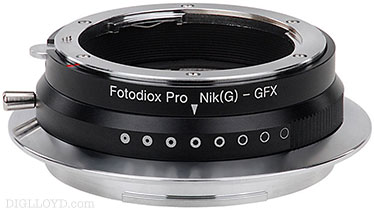Evaluating 9 Top-End 35mm DSLR Lenses on the Fujifilm GFX
Two new pages in Medium Format:
- Adapting Lenses to the GFX: General Discussion
- Two-aperture example with the Zeiss Milvus 50mm f/2M.
- Adapting Lenses to the GFX: Reader Comments (previous discussion)
I may add some additional simple examples and summary conclusions in Medium Format but (it has been a looong day) and the bottom line is that the Fujifilm GFX makes a poor platform for DSLR lenses, even the very best, like Zeiss Otus. For why this is so, see Adapting Lenses to the GFX: General Discussion.
The smart move is to stick with native-mount lenses, with certain specific exceptions.

Full lens evaluations always go into the native guide regardless of camera body used. The following aperture series were shot with the Fujifilm GFX and in total give a thorough view of what one might encounter in adapting a lens to the Fujifilm GFX. These are all in Guide to Zeiss DSLR Lenses except for the Coastal 60/4 which is in Advanced DSLR.
- Coastal Optics 60mm f/4 UV-VIS-IR APO Macro Aperture Series: Mosaic
- Zeiss Milvus 21mm f/2.8 Distagon Aperture Series: Mosaic
- Zeiss Otus 28mm f/1.4 APO-Distagon Aperture Series: Mosaic
- Zeiss ZF.2 35mm f/1.4 Aperture Series: Mosaic
- Zeiss Milvus 50mm f/2M Aperture Series: Rodin Burghers of Calais
- Zeiss Milvus 50mm f/2M Aperture Series: Mosaic
- Zeiss Otus 55mm f/1.4 APO-Distagon Aperture Series: Mosaic
- Zeiss Milvus 85mm f/1.4 Aperture Series: Mosaic
- Zeiss ZF.2 135mm f/2 APO-Sonnar Aperture Series: Mosaic
Meanwhile, what happens if a very old lens (converted to Nikon mount!) is used on the Fujifilm GFX at close range? That is the Olympus Zuiko 50mm f/1.2 Auto-S. Not all images have to be sharp; impressionistic may be the goal.

GFX 50S + Zeiss Milvus 50mm f/2M @ 41.1mm equiv (50mm)
[low-res image for bot]



























